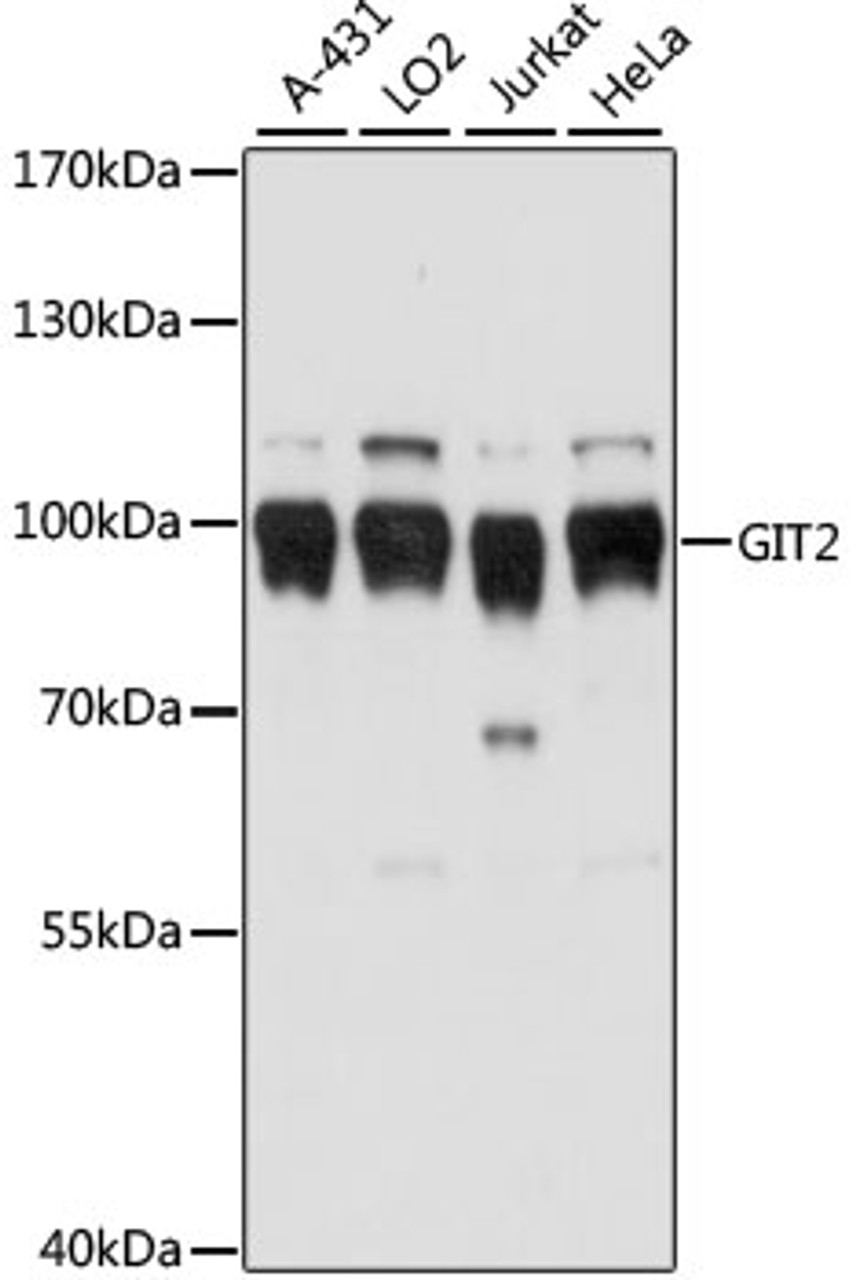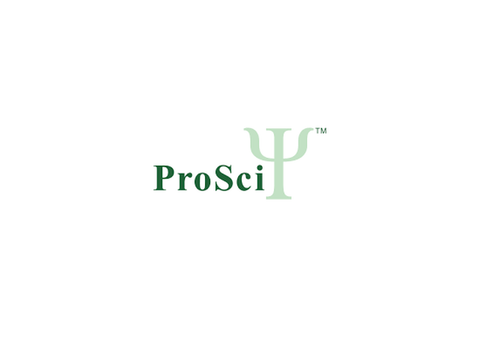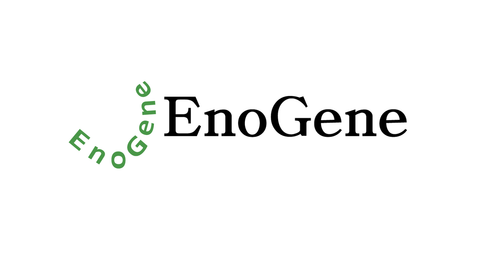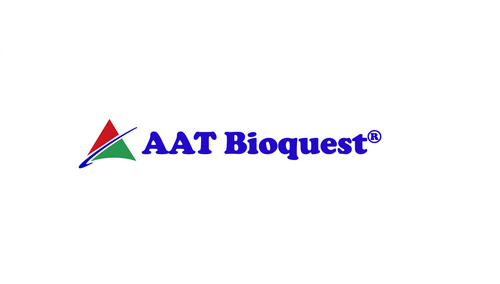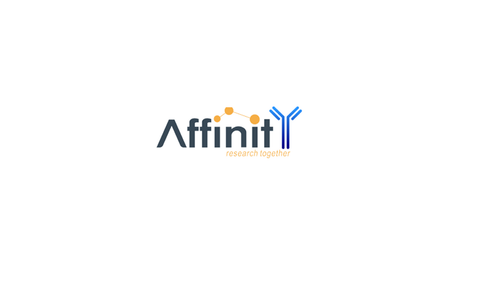Product Description
GIT2 Antibody | 16-017 | ProSci
Host: Rabbit
Reactivity: Human
Homology: N/A
Immunogen: Recombinant fusion protein containing a sequence corresponding to amino acids 450-510 of human GIT2 (NP_476511.1) .
Research Area: Cell Cycle, Signal Transduction
Tested Application: WB
Application: WB: 1:200 - 1:2000
Specificiy: N/A
Positive Control 1: A-431
Positive Control 2: LO2
Positive Control 3: Jurkat
Positive Control 4: HeLa
Positive Control 5: N/A
Positive Control 6: N/A
Molecular Weight: Observed: 84kDa
Validation: N/A
Isoform: N/A
Purification: Affinity purification
Clonality: Polyclonal
Clone: N/A
Isotype: IgG
Conjugate: Unconjugated
Physical State: Liquid
Buffer: PBS with 0.02% sodium azide, 50% glycerol, pH7.3.
Concentration: N/A
Storage Condition: Store at -20˚C. Avoid freeze / thaw cycles.
Alternate Name: CAT-2, CAT2, PKL, ARF GTPase-activating protein GIT2, ARF GAP GIT2, G protein-coupled receptor kinase interacting ArfGAP 2, G protein-coupled receptor kinase-interactor 2, GRK-interacting protein 2, Paxillin kinase linker, cool-associated, tyrosine phosphorylated protein 2, cool-interacting tyrosine-phosphorylated protein 2
User Note: Optimal dilutions for each application to be determined by the researcher.
BACKGROUND: This gene encodes a member of the GIT protein family, which interact with G protein-coupled receptor kinases and possess ADP-ribosylation factor (ARF) GTPase-activating protein (GAP) activity. GIT proteins traffic between cytoplasmic complexes, focal adhesions, and the cell periphery, and interact with Pak interacting exchange factor beta (PIX) to form large oligomeric complexes that transiently recruit other proteins. GIT proteins regulate cytoskeletal dynamics and participate in receptor internalization and membrane trafficking. This gene has been shown to repress lamellipodial extension and focal adhesion turnover, and is thought to regulate cell motility. This gene undergoes extensive alternative splicing to generate multiple isoforms, but the full-length nature of some of these variants has not been determined. The various isoforms have functional differences, with respect to ARF GAP activity and to G protein-coupled receptor kinase 2 binding.
 Euro
Euro
 USD
USD
 British Pound
British Pound
 NULL
NULL


